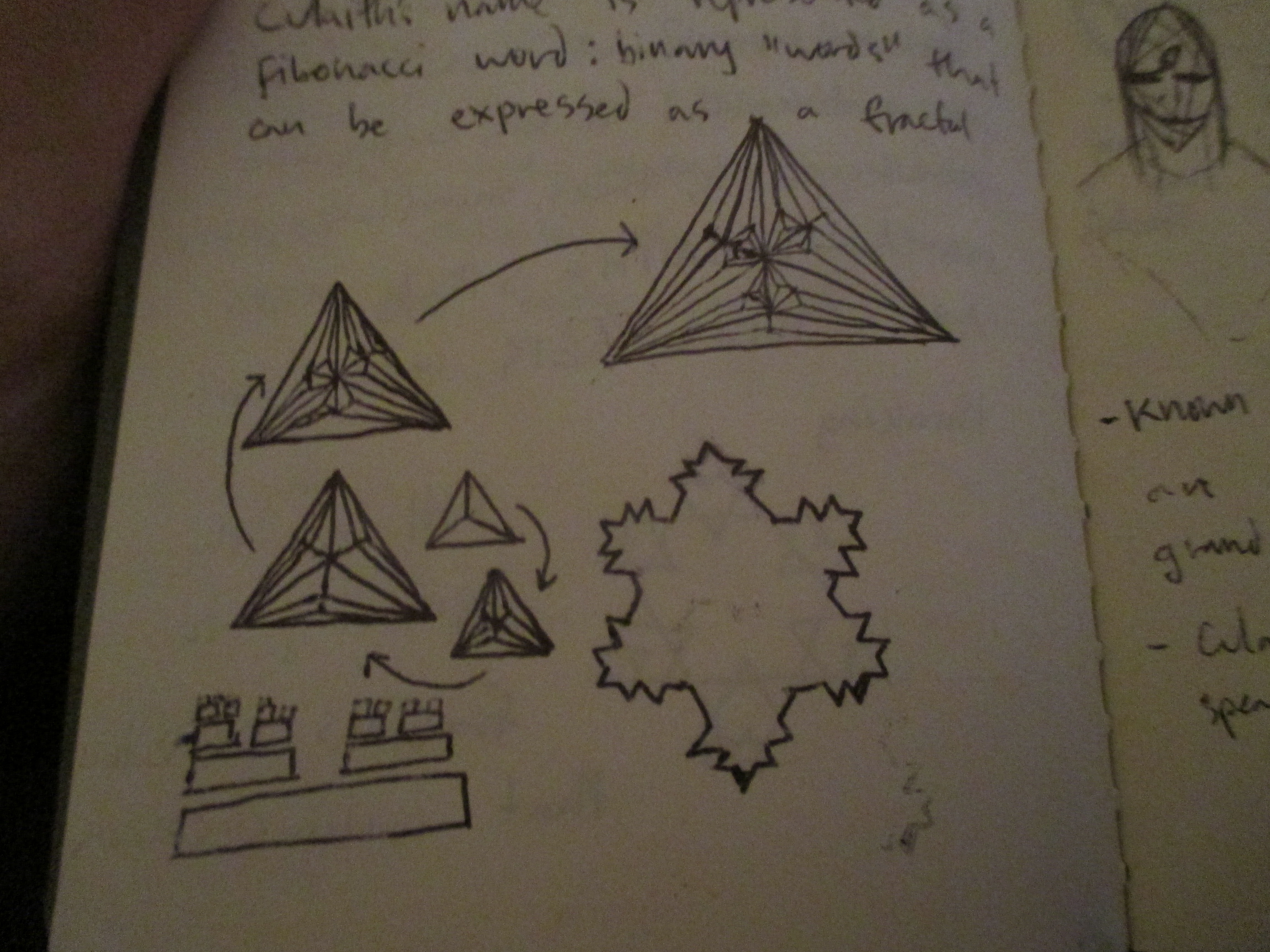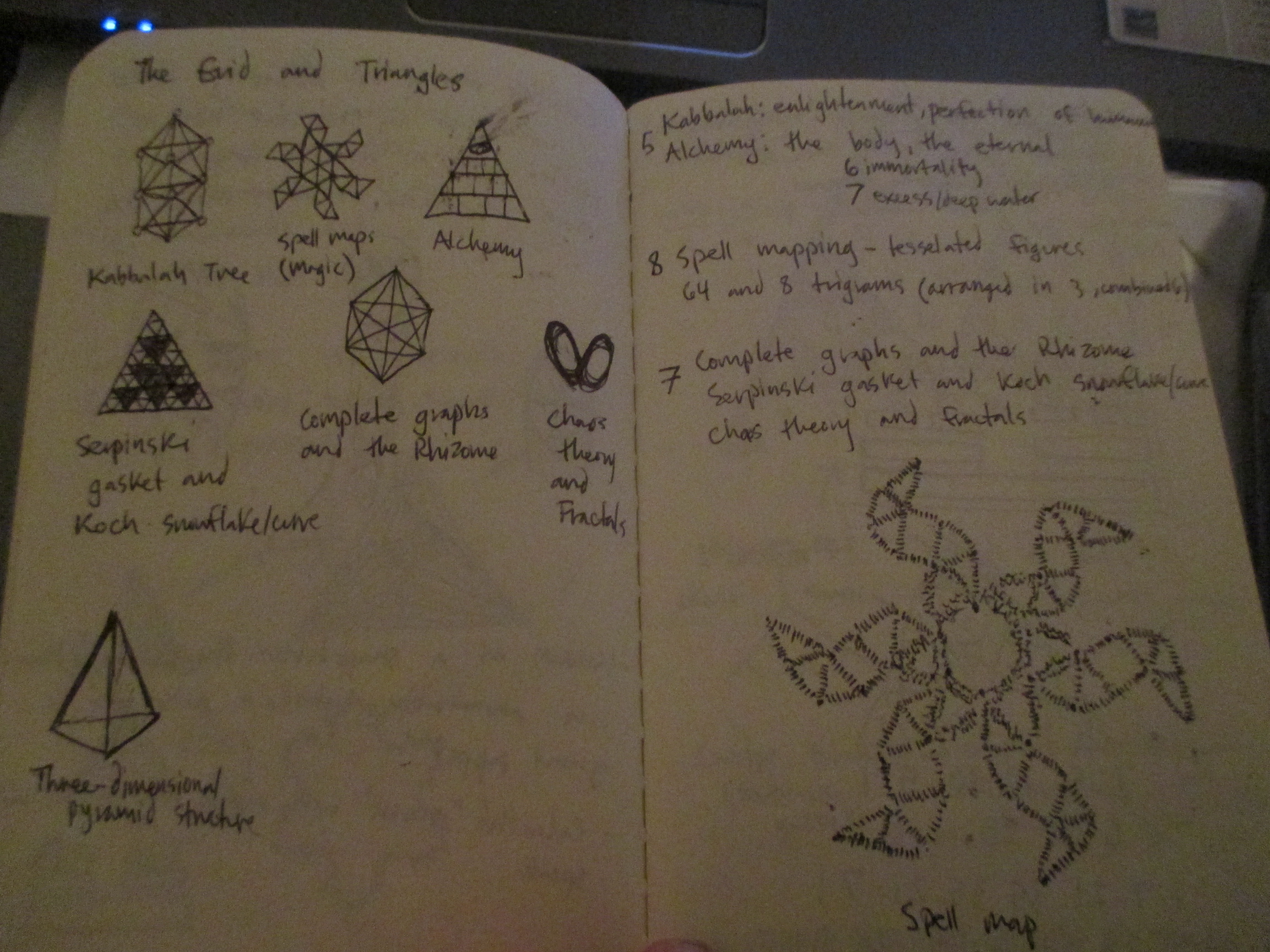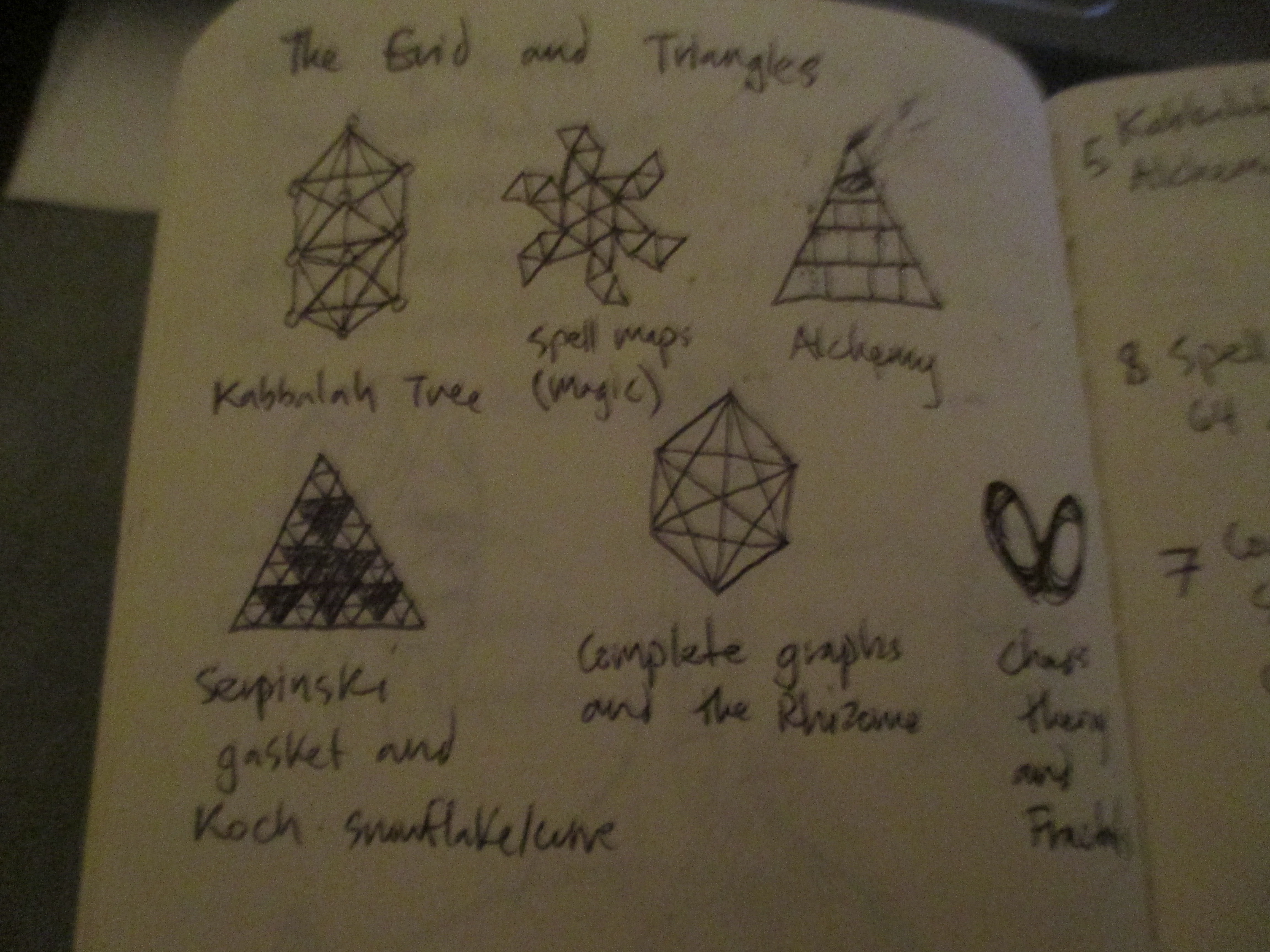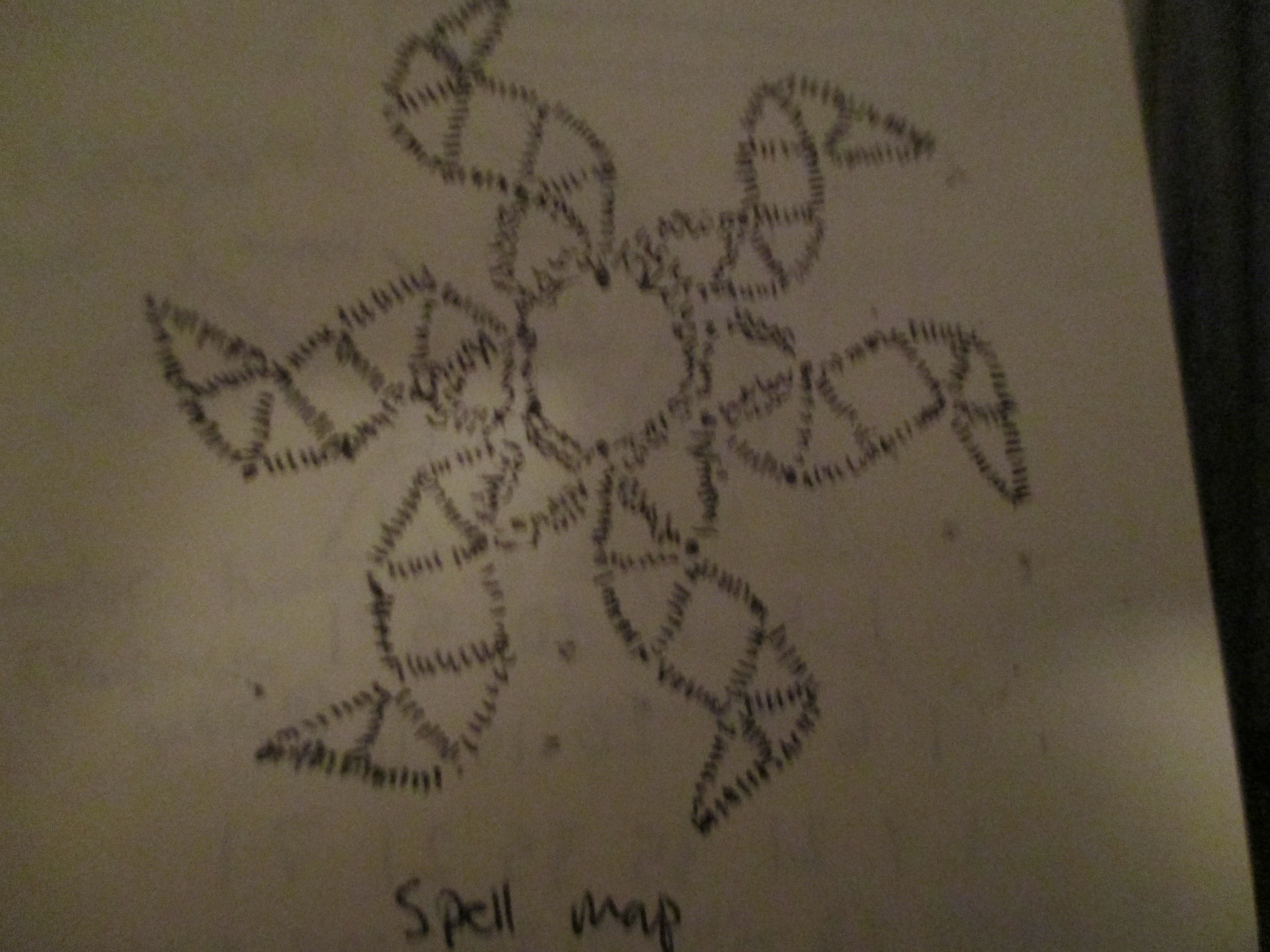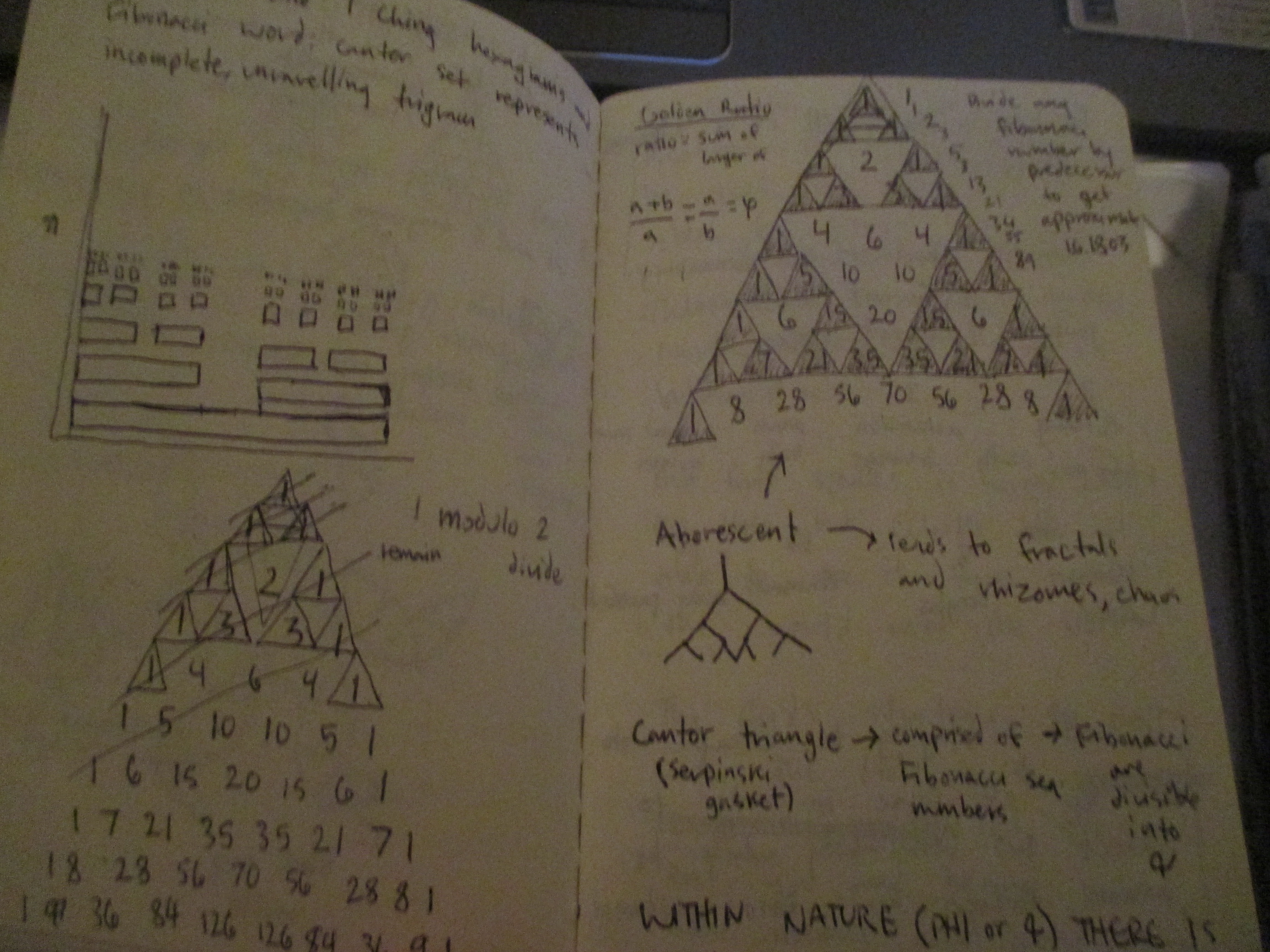Narcomancy: Morphine, Lucid Dreaming, and Binaural Beats
If Captain Jack has taught me anything, it’s that sometimes you’ve got to dream a little dream. He doesn’t have much advice about how to build a magic system around dreams, though. N.K. Jemisin already uses the term ‘narcomancy,’ meaning dream magic, in her Dreamblood series, but after sketching out the magic system for the new story I’m working on, I found my narcomancy resembled William Gibson’s Neuromancer more than Killing Moon.
In a similar way to Case in Neuromancer, the narcomancers in my story operate by immersing themselves in an alternate reality and working from the inside. The reality in this case isn’t a Matrix, but a dreamscape that stretches across the world, with dreams and dreamers showing up as brainwave patterns, tuned to certain frequencies like bands of radio stations, each frequency representing a different stage of sleep—alpha, theta, delta, or REM.
I got the idea of imaging brainwaves as radio bands from Kevin Mitnick’s memoir, Ghost in the Wires, which explains (sometimes tediously) how he and many other hackers started out as ham radio operators. There was one repeater frequency, 147.435, that they called “the animal house,” a channel that was open for anyone to scream into, spread rumors, or meet random people. I liked the idea of tuning a radio into a certain frequency and hearing people’s dreams from all over the world, sort of like John Cheever’s The Enormous Radio. The idea for a worldwide dreamscape also came partly from Serial Experiments Lain, which touched on the Schumann resonance as a means to create a worldwide consciousness using the Earth’s magnetic field, then merge reality and the Wired into one. These ideas are really interesting to me, partly because they straddle the line between real scientific phenomena and fantasy.
The dreamscape, as I’m imagining it, can be visualized as having several different bands, or layers, each one corresponding to a different sleep stage:

Part of the job of the narcomancers in the story is to find “bands” of dreamers in delta sleep and begin trying to trigger them into moving into REM sleep, where they can start manipulating their dreams. REM stage sleep is also known as paradoxical sleep, because it closely resembles the waking state of brain activity. It’s strongly associated with vivid dreaming, and it’s usually in this stage that you have real trouble distinguishing reality from dreaming.
REM stage sleep is also when a sleeper’s eyes begin to move rapidly behind their lids, hence the name: Rapid Eye Movement (REM). Imagining someone’s eyes moving hyper-fast, as if trying to keep up with thousands of flashing images, made me think of the mentats in Dune, who have a similar association with eyes. Their blue-tinted mélange-addicted eyes signaled their superhuman ability to think and process facts like computers, and in a similar way, I imagined a sleeping narcomancer attaining an almost superhuman level of consciousness during REM, allowing them to deal with huge amounts of sensory input and making them able to pull off a performances.
REM stage sleep, like every kind of sleep, comes in cycles, with the brain diving and rising through the different stages several times over the course of one night. As the night goes on, REM stages become more frequent:

This brought me to another idea: sort of like a bank heist, what if narcomancers could only operate during their REM sleep, in 40-50 minute periods? It would almost be like a high that would wear off in time, forcing them to operate quickly, get in, play their music, and get out before their REM abilities wore off.
But there would have to be another hurdle for narcomancers to help distinguish them from regular dreamers: lucid dreaming. When I dream, it usually feels like I’m in a trance, like I’m watching myself doing things from somewhere slightly removed from my body with no real conscious control (Fun fact: sleep paralysis, a possible side effect of being woken up from REM sleep, often causes this same feeling, called bodily dissociation, also known as ‘having an out-of-body experience’). How could narcomancers, and musician narcomancers, hope to operate something akin to a mental DJ set when their mind isn’t working at top capacity? The only way to attain that kind of conscious acuity would have to be through lucid dreaming, where one would be able to recognize that they’re dreaming, then think and act as if they were awake.
To answer the question of how to attain lucid dreaming, I turned to 1980’s drug culture. Since the story was originally inspired by the rave-like EDM concerts of bands like Daft Punk, I turned to one aspect of rave culture: party drugs. So I invented a liquid, opium-derived product with a lot of similarities to morphine, which is apropos since morphine derives its name from Morpheus, the god of dreams. It’s also the kick-ass main character of Neil Gaiman’s Sandman series, but that’s another story entirely. Sezumi, this fictional drug, would have one new feature apart from morphine: it would allow lucid dreaming once it put someone to sleep.
But another aspect of narcomancy, one of the key elements of manipulating dreams, comes from a unique phenomenon that’s also connected to lucid dreaming: binaural tones. Caused by playing two high-frequency notes with slight difference in their frequencies, binaural tones are sine waves that cause the brainwaves of the listeners to begin to synch with the binaural frequencies, meaning that you can ‘tune’ your brainwaves to certain patterns, such as theta or delta rhythms. This would be tremendously useful for a narcomancer who has to move between different stages of sleep, but there’s another use for it that makes it the central skill of narcomancy when paired with lucid dreaming: synching your brain waves with the brain waves of dreamers, then manipulating them.
Consider it a very primitive form of hacking, to use the Neuromancer analogy again. While lucid and on your REM high (with a 40-minute window) you find a frequency band with many dreamers’ brain waves operating on that wavelength, then start using binaural beats to manipulate them into attaining REM stage, then fine-tune your brainwaves to match theirs. Once you’re on the same frequency, you’re the only lucid person around, while everyone else is operating on the subconscious level. From there, you can begin manipulate and shape the dreams into something like reality-bending art, using music as your tool.
ASSORTED SKETCHES (SPELL MAPS, SYMBOL GUIDES, FRACTALS, AND OROBORO)
Assorted Sketches (Spell maps and Oroboro), July 2015
POETRY IN MOTION Part 1: Magic as Poetry
Before I talk to you about magic, I challenge you to write something in iambic pentameter. Better yet, write a sonnet. Learning the pattern of stressed, unstressed syllables makes you pay attention to the rhythm and emphasis in your voice and sentences, and the stitching and unstitching of lines to fit the syllable count makes you think of the most efficient, concise way to convey your point—what words are the best ones to express the sound of the sea? The challenge of creating rhymes also makes you stretch yourself and plan ahead—what word do you want to end the poem with?
Writing a poem forces you to think in a certain mode, one that pays attention to the micro scale of things: syllables, rhymes, words, sentences. But when the poem is finally written according to the form, you have to step back and see if all the technical tweaks and revisions add up to something that evokes a certain effect. This is the deus ex machina of poetry. All the syllables, words, lines, and rhymes add up to more than the sum of their parts: they tell a story, evoke a feeling, or paint a vivid picture in people’s minds just by being read. A great example is Dylan Thomas’ famous poem:
Do not go gentle into that good night,
Old age should burn and rave at close of day;
Rage, rage against the dying of the light.
Though wise men at their end know dark is right,
Because their words had forked no lightning they
Do not go gentle into that good night.
Good men, the last wave by, crying how bright
Their frail deeds might have danced in a green bay,
Rage, rage against the dying of the light.
Wild men who caught and sang the sun in flight,
And learn, too late, they grieved it on its way,
Do not go gentle into that good night.
Grave men, near death, who see with blinding sight
Blind eyes could blaze like meteors and be gay,
Rage, rage against the dying of the light.
This is a villanelle, a poetic form that forces writers to repeat two lines in a refrain. In this case, the two lines are “Do not go gentle into that good night” and “Rage, rage against the dying of the light”. The villanelle is associated with obsession because of the repetition inherent in it, as if the author is repeating those two lines to themselves, over and over in different configurations, with all the rhymes based around those refrains.
I think that’s fascinating—that a specific pattern of lines, syllables, and rhymes can be especially suited to evoke obsession. It makes me think of the yoik tradition of the Sami, the native people of northern Sweden and Norway. A yoik is a song, sometimes spontaneous, that uses a combination of words and notes to evoke a person, place, or thing. It’s not about something or someone, it’s their essence summoned to a given time or place for the duration of the yoik.
What if magic could be poetry? Not just in the spoken sense, but in the mathematical, metaphysical sense? What if its structure evoked its subject, like the villanelle or a yoik? What if art imitated life? What if there was no difference between art, magic, and living?
MATRIX POETRY
Building off my last post about the conversion of magical ‘true names’ to binary, magical ASCII format, and eventually spoken/written syllables, there’s another dimension of magical notation to explore: how magicians write their spells.
Magic, to me, would look like computer code when written out in symbols: each spell would have parameters, a specific range of targets, and “commands,” with universe acting as the computer. The actual language of this code would take…years to develop, like a new programming language. But I’ve come up with some groundwork for it, and that’s the important element.
For my magic system, I imagine having 40 discrete magical syllables that make up all words, including true names and the accompanying magical programming terms that would form the scaffolding for spells. Magicians would have to learn this language and how to write in it, similar to computer coding, but there are added dimensions to it, ones that turn magic from UNIX into a kind of metaphysical poetry.
Supposedly, when a sculptor begins chiseling a work out a marble block, the sculpture is already inside the block—they just need to ‘free’ it. When you write a poem, you can think of the same metaphor: you have a set number of syllables, lines, and rhymes, and your poem exists somewhere within those constraints—you just need to find the right words to free it. A contrast would be computer coding, where you start with a blank slate and have to build your own sets of rules in order to realize your goal. If the constraints of a poetic form creates one perfect path to the goal, computer coding is free-verse, with a thousand possible solutions, all with varying degrees of efficiency.
If magic was essentially computer code, you would start from scratch and run dozens of trial-and-error tests until you struck upon something that worked. You would have no clue as to what the final spell would look like, how it would be structured, or how it would work. Instead, I envision magic with tens of thousands of built-in patterns, which can be learned like the rules of a poem and solved like Sudoku puzzles, with perfect solutions that can be derived in a similar way someone goes about writing a sonnet. Instead of magicians trying to impose order on a blank slate of a world, they need to learn the patterns that are woven into every aspect of it.
To be continued in Part 2.







